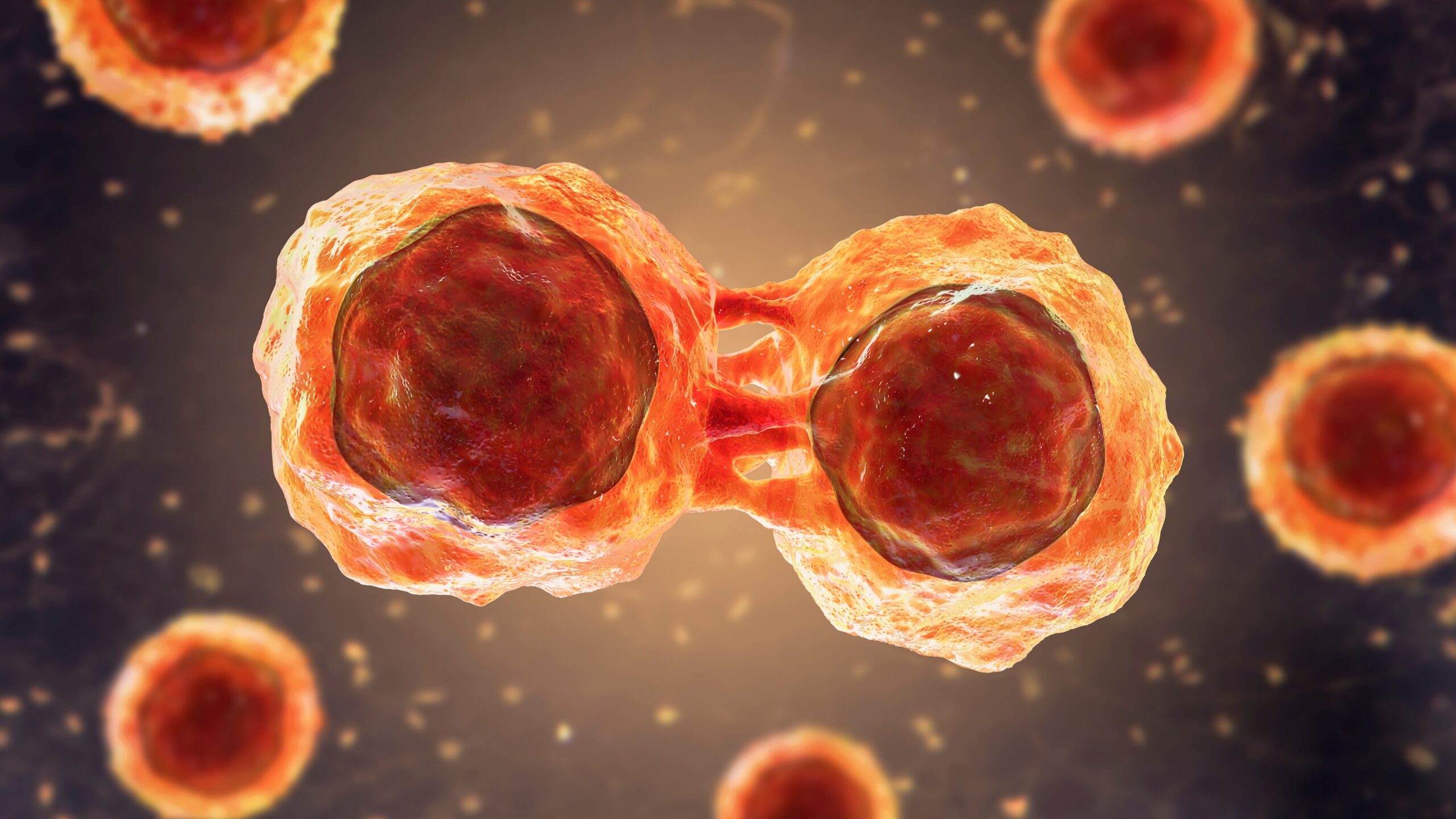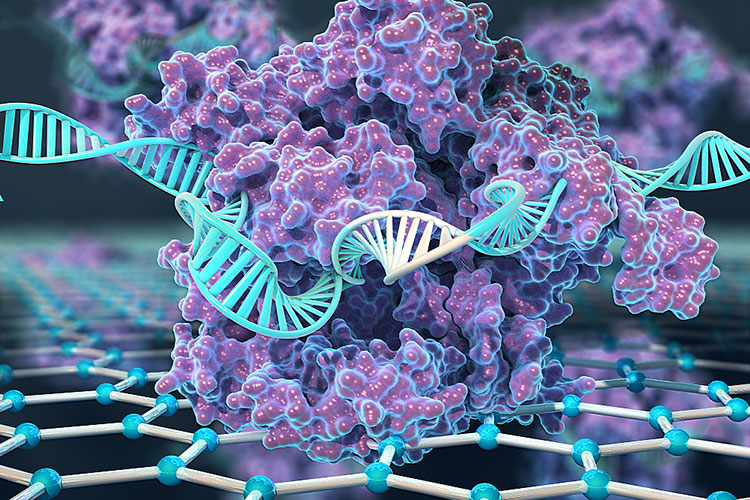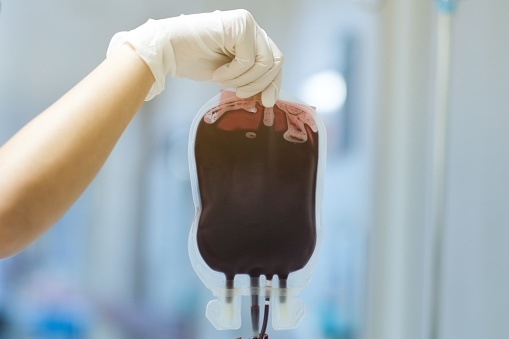
Tagraxofusp in combination with decitabine has displayed early evidence of clinical activity in both myelodysplastic syndromes (MDS) and chronic myelomonocytic leukemia (CMML), authors of a phase I/II dose escalation study suggest.
The findings were presented by Mehmet Sevki Uyanik, MD, of the University of Texas MD Anderson Cancer Center, at the 66th American Society of Hematology Annual Meeting & Exposition in San Diego, California.
Dr. Uyanik and colleagues analyzed nine patients (median age, 75 years; range, 59-83) diagnosed with either high risk MDS (n=5) or CMML (n=4) who were previously treated with a hypomethylating agent (HMA). Tagraxofusp was administered on days one through three of each cycle at a dose level of either 5 µg/kg (n=6) or 7 µg/kg (n=3) per day.
According to the authors, the most common grade 1-2 treatment emergent adverse events (TEAEs) included fluid retention, diarrhea, constipation, and cough in three patients. Febrile neutropenia, atrial fibrillation, and pneumonia were each observed in one patient.
Two patients aged over 75 years experienced grade 3 capillary leak syndrome with concurrent grade 2 cytokine release syndrome. Both cases occurred in cycle 1 and reverted to baseline after management including steroids, albumin, and furosemide. One of the patients received a single dose of tocilizumab.
The median number of days to cycle 2 was 34 days (range, 31-70), the median number of cycles administered was one (range, 1-6), and the median number of cycles to best response was two (range, 1-3). In seven patients evaluable at the time of analysis, three showed a response to tagraxofusp plus decitabine, two of which were a complete response.
Over a median follow-up of 5.3 months (range, 0-22; 95% CI, 2.1-8.6), the median overall survival was 9.4 months (95% CI, 5.4-11.4) and was comparable between patients with MDS or CMML at 8.4 months versus 6.6 months, respectively (P=.757). The median event-free survival in all patients was 4.1 months (95% CI, 0.5-7.7) and there were no significant differences between the MDS and CMML groups (P=.472).
“Initial results of this phase I/II study suggest that the combination of tagraxofusp with decitabine has early signs of clinical activity in both MDS and CMML,” Dr. Uyanik and colleagues stated. “Further follow up and enrollment is ongoing in younger patients to confirm the long-term efficacy and safety of this combination,” they concluded.
Reference
Uyanik MS, Garcia-Manero G, Maiti Abhishek, et al. Results of a phase I/II study of tagraxofusp in combination with decitabine for patients with myelodysplastic/myeloproliferative neoplasms and higher risk myelodysplastic syndromes. Abstract #1842. Presented at the 66th American Society of Hematology Annual Meeting & Exposition. December 7-10, 2024; San Diego, California.







 © 2025 Mashup Media, LLC, a Formedics Property. All Rights Reserved.
© 2025 Mashup Media, LLC, a Formedics Property. All Rights Reserved.